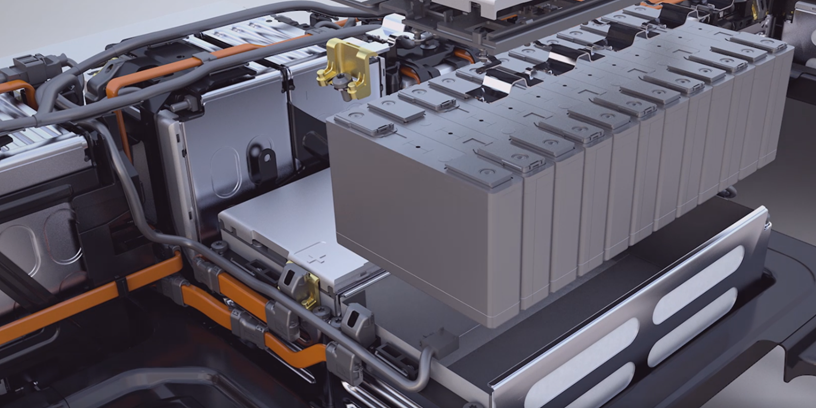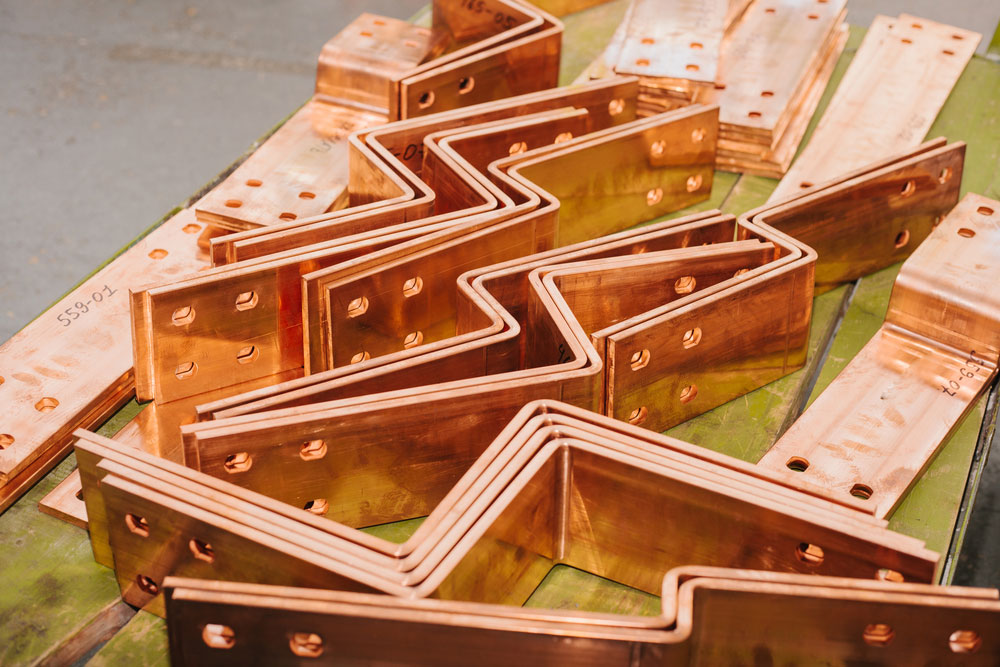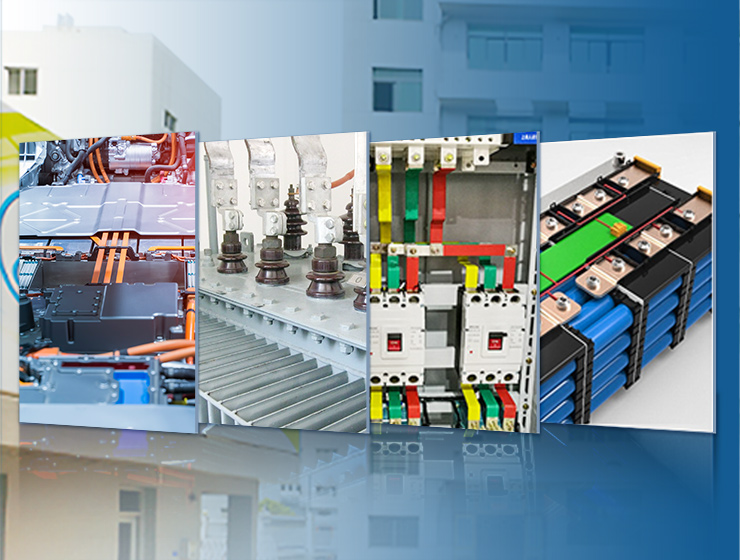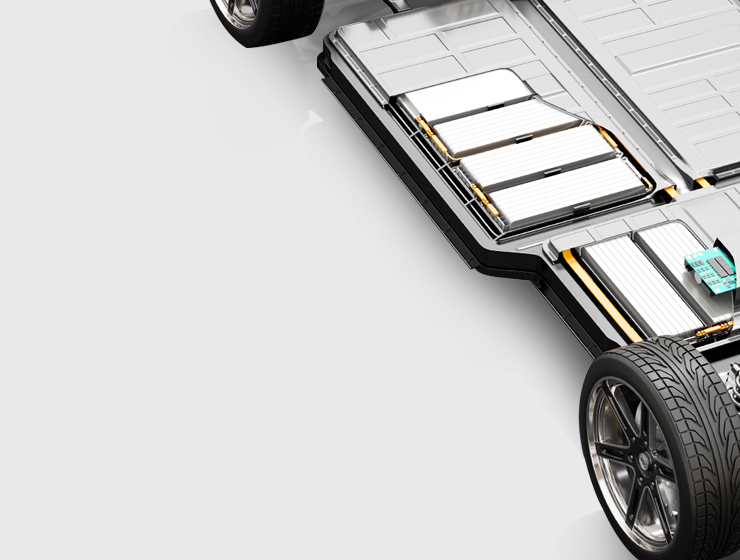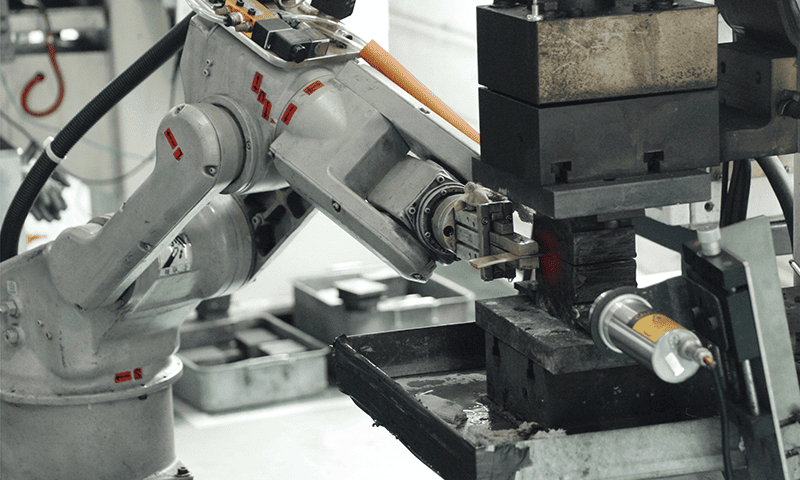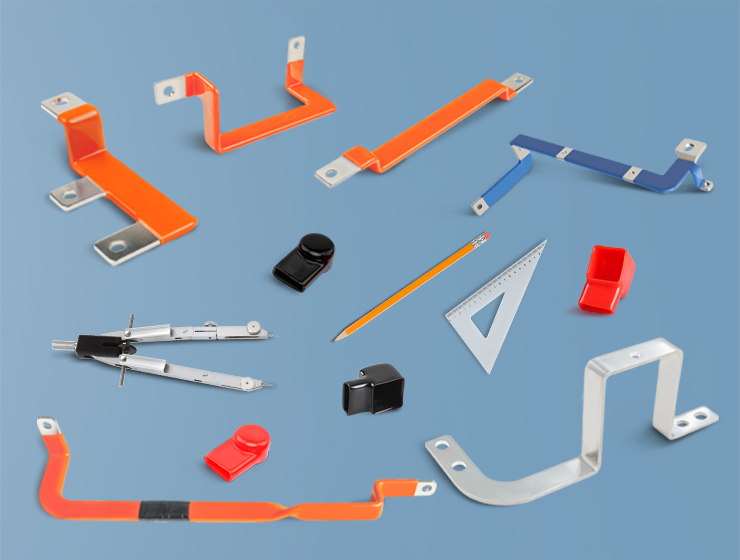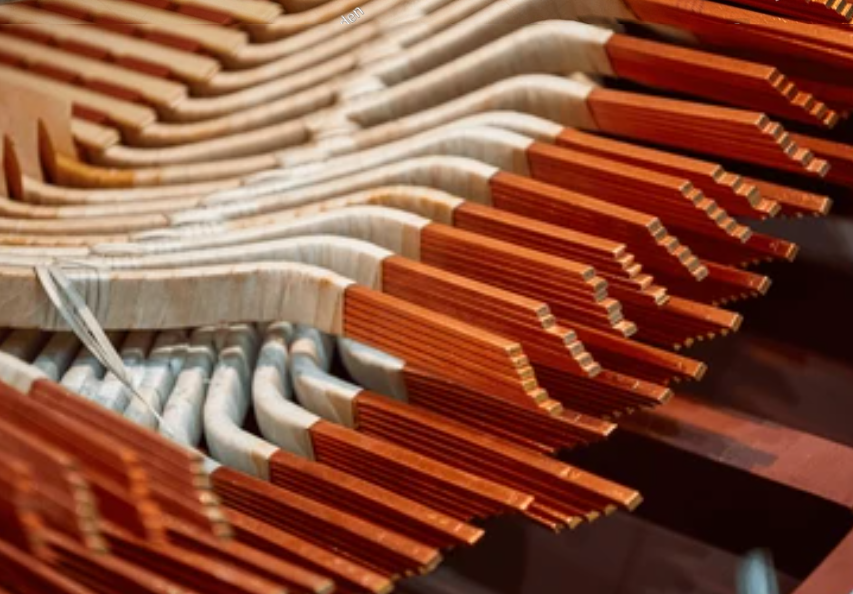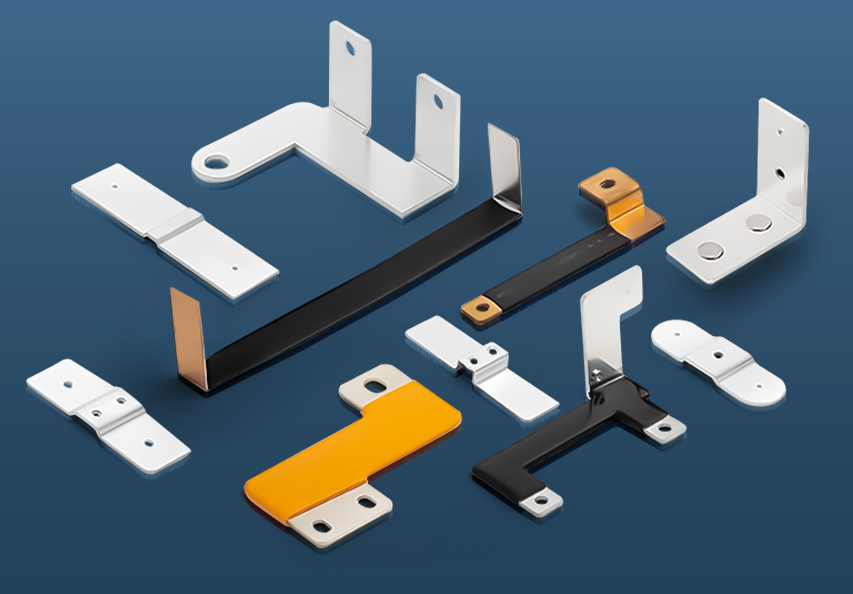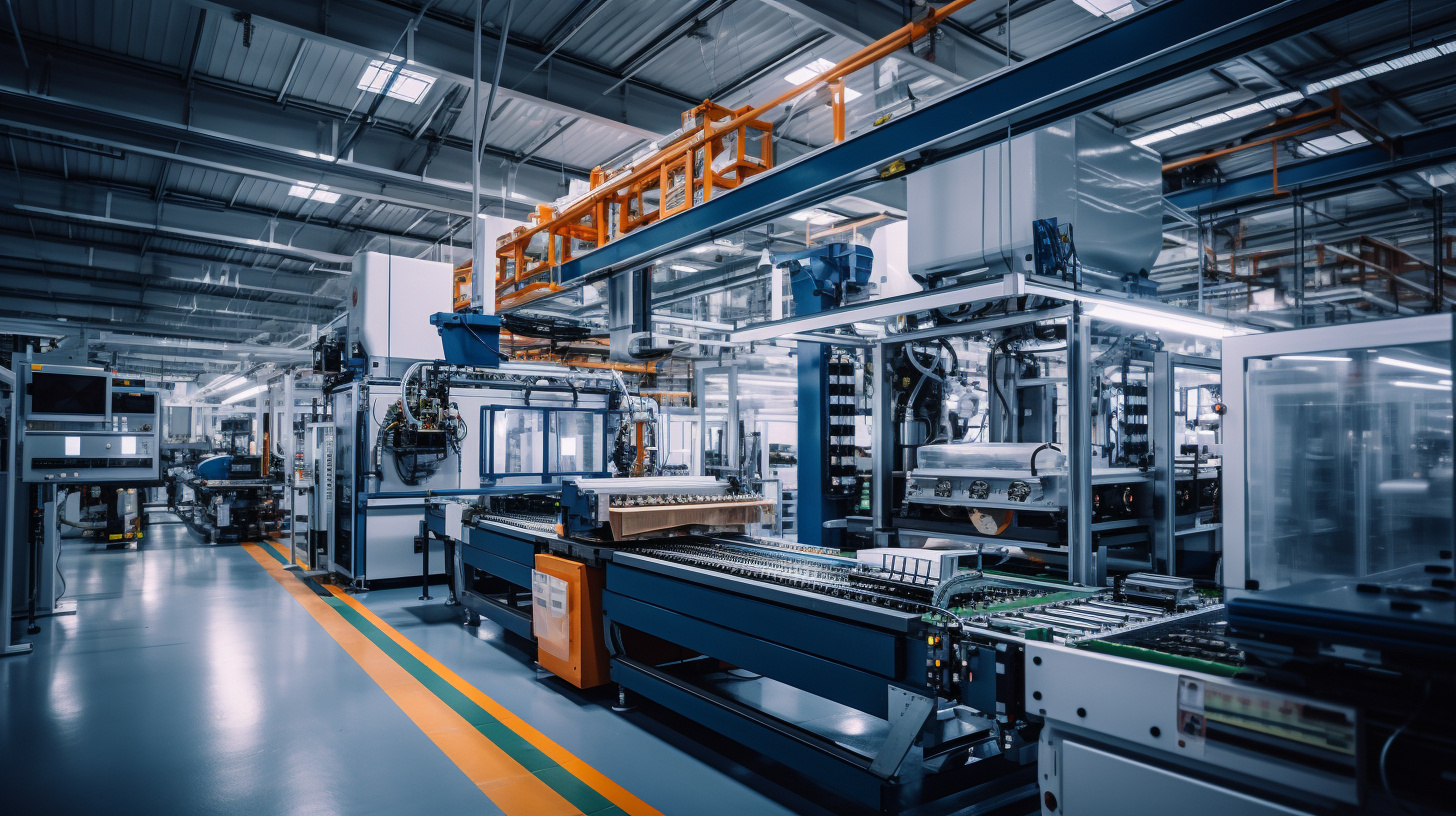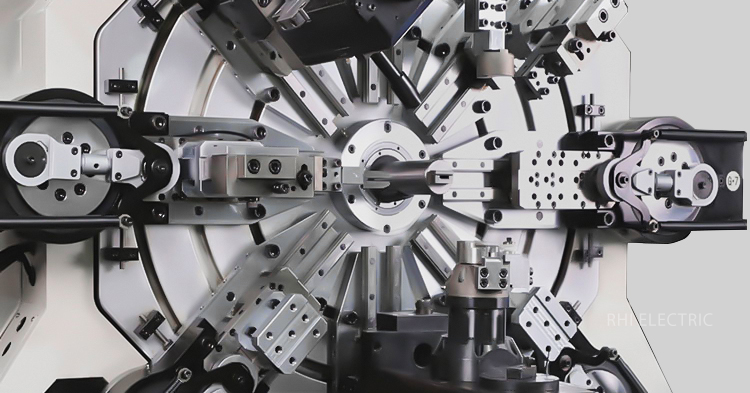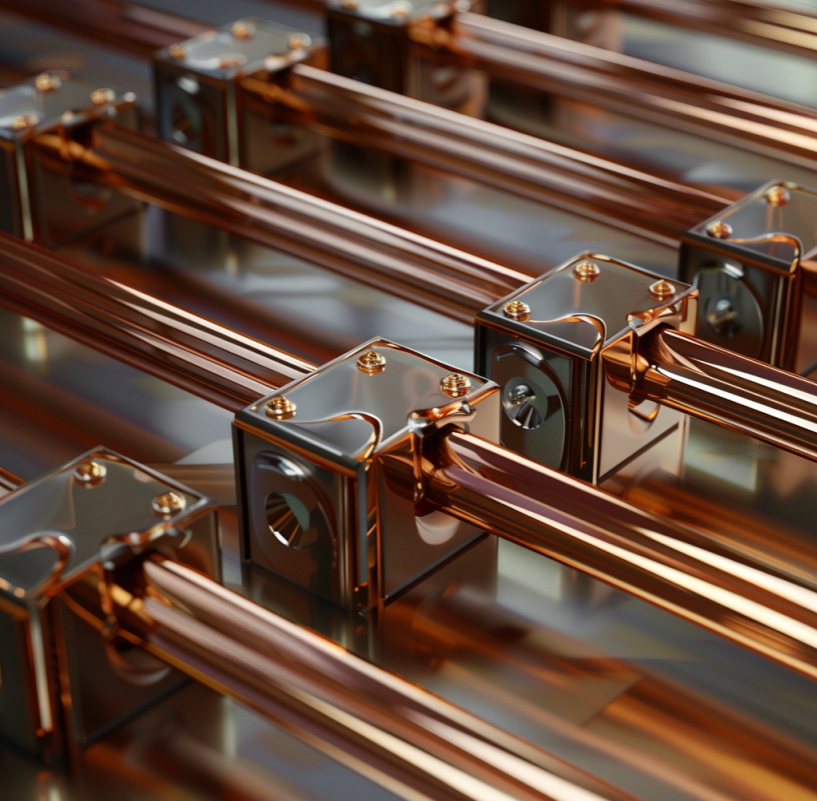

What Does A Bus Bar Do For The Electrical System?
If you're experiencing power distribution issues, it might be worth asking, what does a bus bar do for the electrical system and if it’s functioning properly. In the intricate world of electrical systems, one component that often doesn’t get the attention it deserves is the bus bar. While we tend to focus on the visible aspects of electrical systems such as wires, breakers, and switches, bus bars play a crucial, behind-the-scenes role in ensuring that electricity flows efficiently and safely. But what does a bus bar do for the electrical system? This blog will answer this question in-depth, explaining the function, types, and applications of bus bars, as well as why they are vital to the smooth operation of electrical infrastructure.
What is a Bus Bar?
For anyone new to electrical systems, understanding what does a bus bar do for the electrical system can help clarify how power is distributed through complex wiring setups. A bus bar is essentially a conductive material, typically made of copper, aluminum, or brass, that distributes electrical power to various circuits or systems. Think of it as a central hub that connects different electrical components, ensuring that electrical current is delivered to the correct location with minimal resistance. Bus bars are typically flat, elongated pieces of metal and can vary greatly in size, shape, and material depending on the requirements of the system.
While the term "bus bar" might sound technical and complex, its purpose in an electrical system is quite simple—to provide a central point for the distribution of electricity. Bus bars are integral to electrical panels, switchboards, transformers, and many other electrical systems that require power distribution.
How Does a Bus Bar Work?
At its core, a bus bar serves as a distribution point where multiple electrical circuits connect. Electrical power from a generator, transformer, or another power source is channeled through the bus bar, which then distributes the power to various circuits or devices connected to it. In an electrical panel, the bus bar is often connected to individual circuit breakers or fuses that control the flow of electricity to various parts of a building or facility.
In essence, a bus bar works by creating a path for the electrical current to travel efficiently and reliably. The material used to construct a bus bar—typically copper or aluminum—is chosen for its excellent electrical conductivity, ensuring minimal energy loss as electricity travels through it. Additionally, bus bars are often designed to withstand high currents without excessive heating, making them essential for systems with large electrical demands.
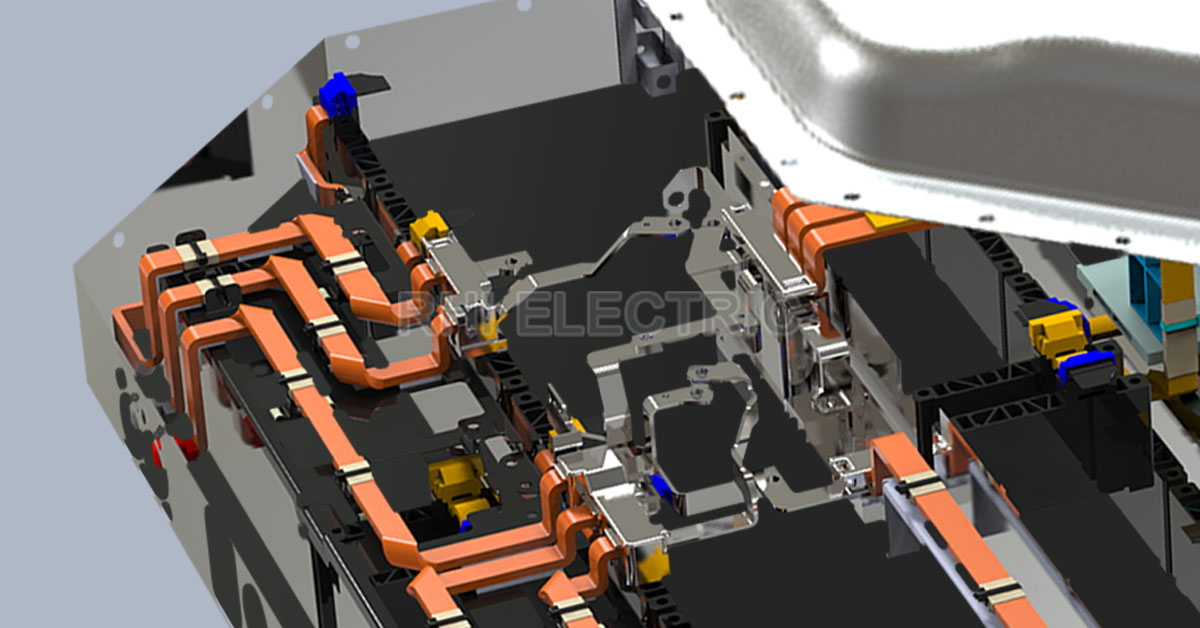
Types of Bus Bars
There are several types of bus bars used in various electrical systems. Each type is designed with specific functionalities, applications, and current capacities in mind. Let’s take a look at the most common types of bus bars:
1. Rigid Bus Bars
Rigid bus bars are solid, inflexible bars typically made of copper or aluminum. They are used in high-power electrical systems where a reliable and durable power distribution solution is needed. Rigid bus bars are often found in large electrical panels, substations, and industrial applications where they can carry high currents without overheating or degrading.
2. Flexible Bus Bars
Flexible bus bars, as the name suggests, are designed to be more malleable and bendable. These are often used in systems where components are not fixed in one place or when adjustments are required. Flexible bus bars are commonly made from copper and are used in applications such as power distribution boards, where space limitations or the need for flexibility require this design.
3. Insulated Bus Bars
Insulated bus bars are encased in a protective layer of insulation to prevent accidental contact with other conductors or electrical components. This insulation ensures that the bus bar can carry high-voltage electricity safely without risking short circuits or damage to surrounding components. Insulated bus bars are used in applications where safety is a top priority, such as in environments with high electrical hazards.
4. Compact Bus Bars
Compact bus bars are designed to take up less space while still performing the same functions as traditional bus bars. They are particularly useful in tight spaces such as in electrical cabinets, vehicles, or machinery where space is at a premium. These bus bars may be made from a combination of materials to optimize both space and conductivity.
Why are Bus Bars Important for Electrical Systems?
Now that we understand what a bus bar is and how it works, let’s delve into why bus bars are important for electrical systems. The primary reason for using bus bars is their ability to centralize power distribution, making the electrical system more efficient, reliable, and safe. Here are some of the key reasons why bus bars are integral to electrical systems:
1. Efficient Power Distribution
In an electrical system, the bus bar ensures that electrical current is distributed efficiently across multiple circuits. By providing a central point for electrical connections, it minimizes the amount of wire needed to connect different circuits and reduces the likelihood of power loss or voltage drops. This makes the entire system more efficient, especially in large-scale applications.
2. Minimizes Heat Generation
Unlike traditional wiring, which can generate heat due to resistance, bus bars are designed to carry large amounts of electrical current with minimal resistance. This reduces the amount of heat generated, preventing the system from overheating and reducing the risk of fire or other electrical hazards.
3. Space-Saving Design
Bus bars are an excellent solution for saving space in electrical systems. In large buildings or industrial plants, bus bars allow for compact power distribution that would otherwise require bulky and complex wiring systems. By using a bus bar, an electrical system can be more streamlined and organized, leading to easier maintenance and troubleshooting.
4. Simplified Circuit Connections
One of the most useful features of bus bars is that they simplify the process of connecting multiple circuits. Instead of running individual wires from a central power source to each circuit, a bus bar allows multiple circuits to connect to a single point. This not only reduces the complexity of the system but also makes it easier to upgrade, modify, or troubleshoot the system.
5. Enhanced Safety
Bus bars are designed to withstand high currents and minimize the risks associated with power surges and short circuits. By keeping electrical connections organized and secured, bus bars help prevent dangerous electrical faults, ensuring that the system remains safe and stable. Additionally, the insulation and protective coatings used on bus bars further enhance their safety, preventing accidental electrical contact.
Applications of Bus Bars
Bus bars are used in a variety of electrical systems across different industries. Let’s take a look at some of the most common applications:
1. Power Distribution Systems
Bus bars are often used in power distribution systems to carry electricity from the main source to different parts of a building or facility. Whether it’s a commercial building, industrial plant, or residential area, bus bars help ensure that electricity flows efficiently to where it’s needed.
2. Switchboards and Electrical Panels
In electrical panels and switchboards, bus bars are used to distribute electrical power to different circuit breakers, fuses, or other protective devices. This setup allows for easy management and control of the electrical distribution system.
3. Substations
In substations, bus bars are used to interconnect different transformers and power lines. This helps ensure the smooth and reliable distribution of electrical power across large areas. Bus bars in substations are usually larger and more robust to handle high electrical currents.
4. Industrial Equipment
Many industrial machines and equipment require bus bars to distribute power to different parts of the system. In this context, bus bars are used in everything from manufacturing machinery to robotics to ensure that power is distributed efficiently across multiple components.
5. Vehicles
In electric vehicles (EVs) and other transportation systems, bus bars are used to distribute power from the battery to the various electric components, including the motor, lights, and controls. Bus bars in EVs are specially designed to handle high voltage and ensure that power is delivered to each system reliably.
6. Data Centers
In data centers, bus bars help power servers, cooling systems, and other critical infrastructure. Given the large-scale electrical demands of data centers, bus bars are essential for distributing power efficiently and maintaining system reliability.
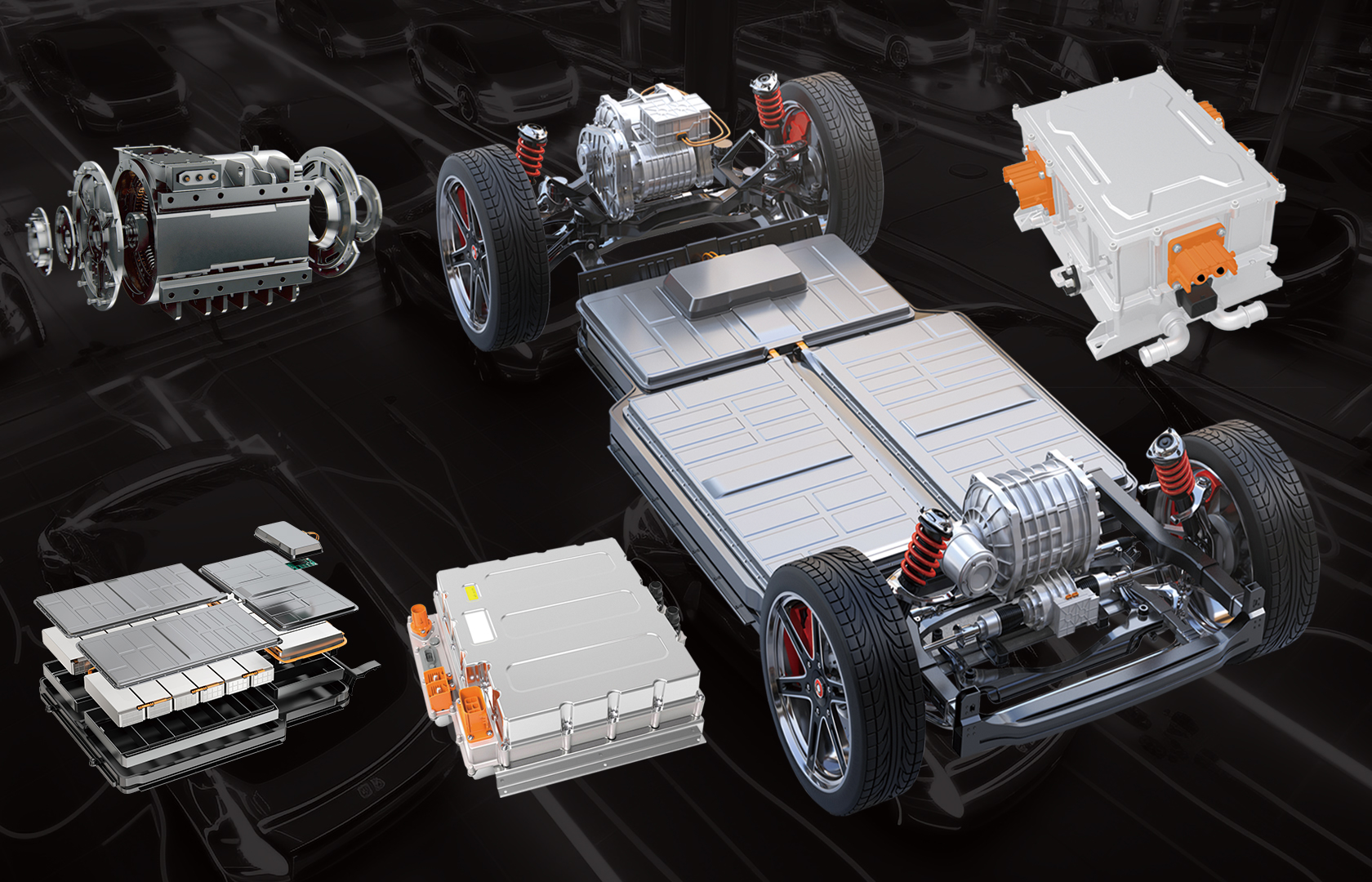
Key Considerations When Using Bus Bars
When selecting and using bus bars in an electrical system, there are several key factors to consider:
1. Current Rating
It’s important to choose a bus bar with a current rating that matches or exceeds the requirements of your electrical system. If the bus bar cannot handle the required current, it could overheat, causing potential failures or safety hazards.
2. Material
Copper and aluminum are the most commonly used materials for bus bars, with copper being preferred for its superior conductivity. The material choice will depend on factors such as cost, conductivity, weight, and the specific application.
3. Size and Configuration
Bus bars come in various sizes and configurations. The physical size of the bus bar should be chosen based on the available space in the electrical panel or system. The configuration of the bus bar should also be chosen to meet the specific needs of the system, whether that means a single bar or a multi-bar setup.
4. Insulation and Protection
In high-voltage or high-risk applications, insulation and protection are crucial to ensure safety. Insulated bus bars are recommended in environments where accidental contact with electrical components could lead to serious injury or damage.
Conclusion
Understanding what does a bus bar do for the electrical system can help you appreciate how electricity is efficiently routed to multiple circuits without unnecessary loss. So, what does a bus bar do for the electrical system? Simply put, it is the unsung hero of power distribution. By ensuring efficient, reliable, and safe electrical flow, bus bars help to streamline the complex wiring systems found in buildings, vehicles, industrial facilities, and more. From high-voltage substations to everyday household electrical panels, bus bars are integral to ensuring that electricity reaches the right places without unnecessary loss or risk.
Whether you’re designing a new electrical system, upgrading an existing one, or maintaining a large-scale industrial plant, understanding the role of bus bars is key to achieving a safe, effective, and long-lasting electrical infrastructure.






